Tree planting only helps if it's done properly, and monoculture plantations can even hurt native ecosystems, according to Kew report
Planting trees in the wrong places and neglecting what is already growing are just two of the potential pitfalls, according to a new report. Carla Passino reports.
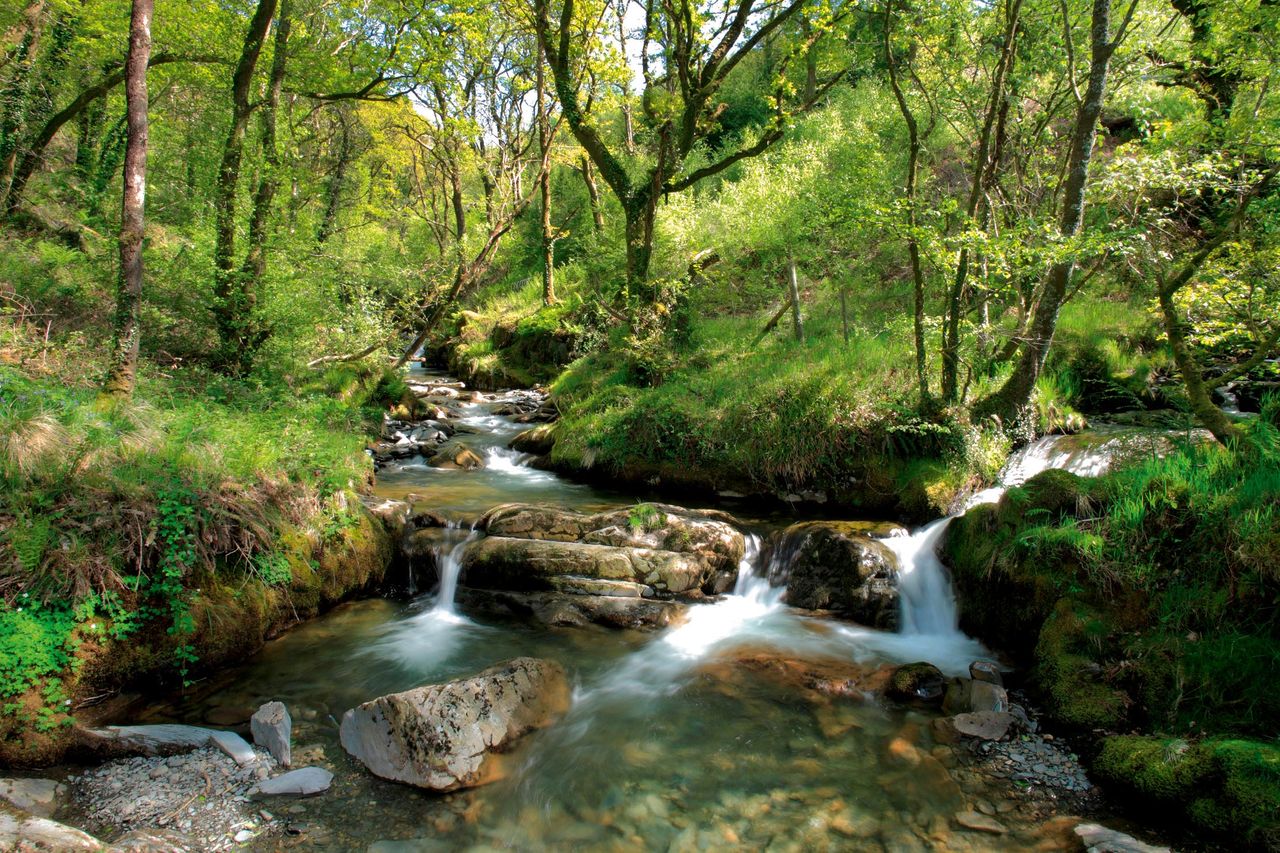
Trees have a key role to play in the fight against climate change, but only if we plant the right ones in the right place. The message comes from the Royal Botanical Gardens at Kew and Botanic Gardens Conservation International (BGCI), which last week called for a moratorium on deforestation and urged policy makers, landowners and investors to change the way in which woodland is restored.
Reforestation is key in the fight against climate change. However, say the Kew scientists, efforts often centre on large-scale, monoculture planting of exotic species that can damage native ecosystems and even soak up less carbon than natural forest.
‘Native plant species are locally adapted and can thrive without continual management, although the rise of some exotic pests is an increasing threat,’ explain Chris Cockel and Kate Hardwick of Kew’s Millennium Seed Bank. ‘Additionally, many other native species rely on native trees for their survival. If only exotic [trees] are planted, native animals (such as invertebrates) are left more vulnerable. As an example, some butterflies rely almost exclusively on one particular species of tree: a classic is the white-letter hairstreak butterfly, which particularly relies on elm.’
Kew and BGCI recommend sticking to 10 rules, which include protecting existing forests, using natural forest regrowth wherever possible and picking species that maximise biodiversity.
"Landowners should take a long-term view, preserving what they have before rushing into new planting"
The ideal tree depends on the characteristics of each individual site, according to Dr Cockel and Dr Hardwick, but it must be ‘a native species, grown from local provenance seed, sourced from a reputable supplier’. However, they note, it’s equally important to identify the right place for planting; this means not only selecting sites that will create habitat buffers or wildlife corridors, but also, crucially, avoiding high-biodiversity areas that are naturally or historically tree-free, such as peat bogs. ‘It is a misconception to think that a healthy terrestrial ecosystem has to include trees.’
In practice, suggests Dr Cockel, landowners should take a long-term view, preserving what they have before rushing into new planting, favouring natural regeneration (preferably sites close to existing woodland) and promoting traditional management techniques, such as coppicing, as well as replacing exotic timber with native species.
It is a view that resonates with the Woodland Trust, which, in the same week, urged landowners to prioritise the protection of old-growth woods. Ancient woodland stores about 77 million tons of carbon, as well as being among the country’s richest wildlife habitats. However, much has been replanted with non-native trees and the rest is under threat from species such as rhododendron, Himalayan balsam and snowberry.
Sign up for the Country Life Newsletter
Exquisite houses, the beauty of Nature, and how to get the most from your life, straight to your inbox.
The charity has not only embarked on a £3.6 million restoration programme across more than 1,100 acres, but is also running a series of free events to help landowners do the same on their own land. Find out more at www.woodlandtrust.org.uk/restoration
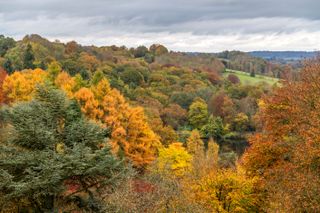
Credit: Getty Images/EyeEm
Country Life to plant over 2,300 trees through our Trees for Tomorrow campaign
We're delighted to report that Country Life's Trees for Tomorrow campaign has successfully raised thousands, thanks to the generous donations
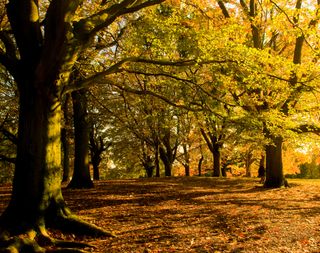
'Trees remind us of our insignificance, our transience, and the necessity of wonder'
As Country Life launches its Trees for Tomorrow campaign, to mark the magazine’s 125th anniversary, John Lewis-Stempel reflects on why
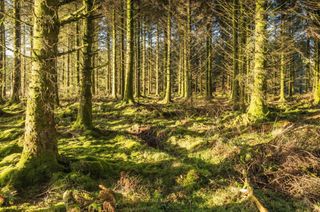
As woodland is booming, and planting trees has become the right thing to do — with both heart and head
Investing in woodland has never been more popular, and the reasons are as much about sustainability as they are commercial.
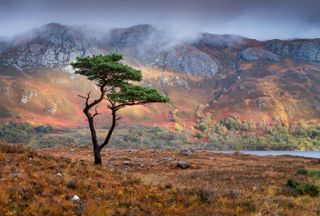
The 10 best trees you'll find in Britain, from Alder to Scots Pine
John Lewis-Stempel picks out his ten favourite British trees.
Carla must be the only Italian that finds the English weather more congenial than her native country’s sunshine. An antique herself, she became Country Life's Arts & Antiques editor in 2023 having previously covered, as a freelance journalist, heritage, conservation, history and property stories, for which she won a couple of awards.
-
 Can't you hear me S.O.S? Our treasured native dog breeds are at risk of extinction
Can't you hear me S.O.S? Our treasured native dog breeds are at risk of extinctionDo you know your Kerry blue terrier from your Lancashire heeler? A simple lack of publicity is often to blame for some of the UK's native dog breeds flying dangerously low under-the-radar.
By Victoria Marston Published
-
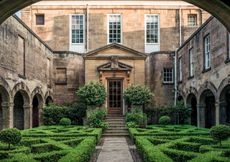 'There are architects and architects, but only one ARCHITECT': Sir Edwin Lutyens and the wartime Chancellor who helped launch his stellar career
'There are architects and architects, but only one ARCHITECT': Sir Edwin Lutyens and the wartime Chancellor who helped launch his stellar careerClive Aslet explores the relationship between Sir Edwin Lutyens and perhaps his most important private client, the politician and financier Reginald McKenna.
By Clive Aslet Published